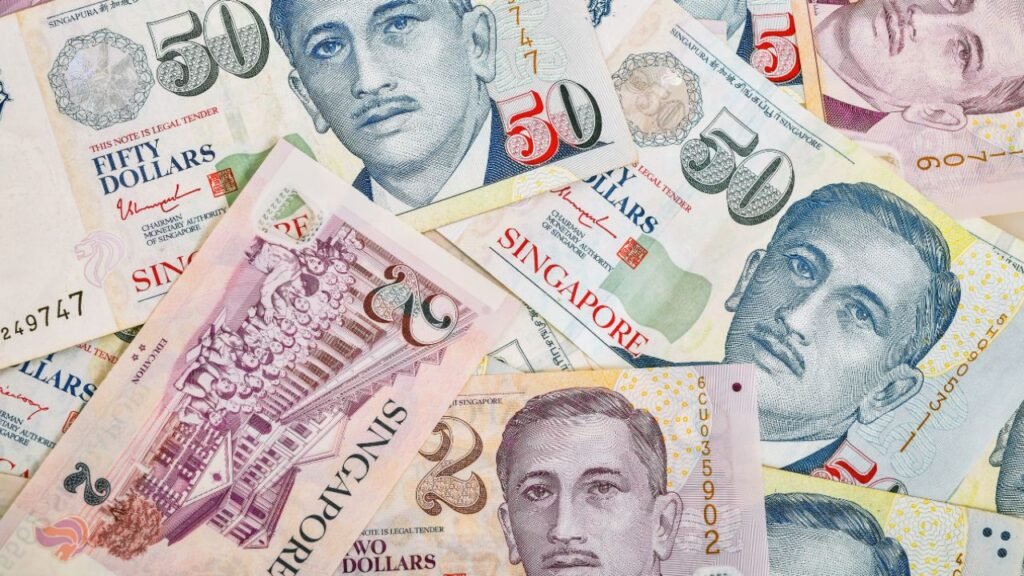In May 2025, the Singapore government unveiled a critical component of its Budget 2025: a one-time $850 cash payout specifically designed for middle-income families. This initiative comes as part of broader efforts to alleviate the financial pressures that many households are facing, particularly in light of the continuing rise in inflation and the cost of living. By focusing on middle-income households, the government is addressing a demographic that has long struggled with balancing day-to-day expenses while not qualifying for the country’s traditional social support systems.
Understanding the $850 Payout
The $850 payment is a one-time financial assistance measure designed to provide targeted relief for middle-income families. With the cost of living steadily increasing, this direct cash payout aims to help offset some of the added financial burdens, particularly those related to daily essentials, utilities, and other household expenses. This move also reflects the government’s ongoing commitment to providing inclusive support, ensuring that even families outside of the lower-income brackets receive timely assistance during challenging times.
The middle-income group often finds itself squeezed between earning too much to qualify for subsidies but not enough to avoid financial strain. With rising costs in childcare, healthcare, and utility bills, many of these families have found it difficult to make ends meet, let alone save for the future. The introduction of this $850 payout is an acknowledgment of these unique challenges, providing financial relief at a crucial time.
Eligibility Criteria for the $850 Payment
To ensure that the assistance is directed to those who need it the most, the Singapore government has set specific criteria for eligibility. Middle-income households are defined as those with a total monthly income of up to $9,000. Additionally, the household must consist of at least one Singaporean citizen, and the family must be residing in Singapore. Importantly, the payout is not available to households that received substantial payouts through lower-income support schemes in 2024.
This policy is aimed at ensuring that the middle-income segment, which often gets overlooked in the allocation of welfare funds, receives the help it needs without being overshadowed by more expansive support initiatives designed for the lowest-income groups.
The Middle-Income Squeeze
The $850 payment comes at a time when many middle-income families are feeling the effects of rising inflation. These families are often caught in a financial “grey zone” earning too much to qualify for subsidies, yet not enough to weather the impacts of inflation and the increasing cost of living. From rising energy bills to the escalating costs of child and eldercare, many middle-income families are finding it increasingly difficult to balance their finances.
This initiative helps mitigate some of the pressures faced by these households, acknowledging their unique position and offering relief without requiring them to meet the stricter criteria imposed on lower-income groups. By providing this payout, the government is reinforcing the message that no family, regardless of income level, should be left behind during tough economic times.
The Larger Context of Budget 2025

The $850 payout is part of a broader package of initiatives introduced in Budget 2025 that focuses on strengthening the financial resilience of families. Beyond the one-time payment, the government has also introduced enhanced childcare subsidies, top-ups to CPF accounts for young families, and expanded support for mental health services. These measures are designed to build a more robust social safety net that helps families navigate the financial challenges that are increasingly common in today’s economy.
Finance Minister Lawrence Wong highlighted in his May 2025 budget address that these initiatives are not just short-term solutions but part of a longer-term strategy for economic resilience. The government aims to provide families with the tools they need to thrive in an uncertain future, balancing immediate financial relief with sustainable, ongoing support.
How and When Will the Payment Be Made?
Eligible households will receive the one-time $850 payment in July 2025, directly through their bank accounts. This will be done automatically, with no need for individuals to submit separate applications. The government will use existing data from previous records, including income and residency information, to determine eligibility.
To ensure smooth processing, recipients are encouraged to check that their banking details are updated in the Singpass system. Notifications will be sent to eligible households via SMS and email by late June 2025, confirming the payment and transfer dates. For those with any queries, a helpdesk will be available starting from 15 June 2025 to assist with any concerns regarding the payout.
Strengthening the Economy Through Targeted Support
The introduction of the $850 payment is not just a short-term financial aid measure; it is a part of a broader government strategy to support Singapore’s economic stability and social cohesion. By offering targeted relief to middle-income families, the government is ensuring that this vital demographic receives the support it needs to navigate financial challenges while strengthening the country’s economic resilience in the face of rising living costs.
In addition to direct cash payouts, the government is exploring other avenues for long-term support, such as reforms to social security and increased investment in public welfare programs. These ongoing efforts demonstrate the government’s commitment to fostering an environment where all families can thrive, regardless of income level.
A Strategic Step Towards Sustainable Economic Growth
The $850 one-time payment, announced as part of Budget 2025, marks an important step in addressing the unique financial pressures faced by middle-income families in Singapore. This targeted assistance underscores the government’s commitment to inclusivity and economic fairness. By offering relief where it is most needed, the government is ensuring that Singapore remains a place where all citizens can weather economic challenges and continue to build a better future for themselves and their families.

